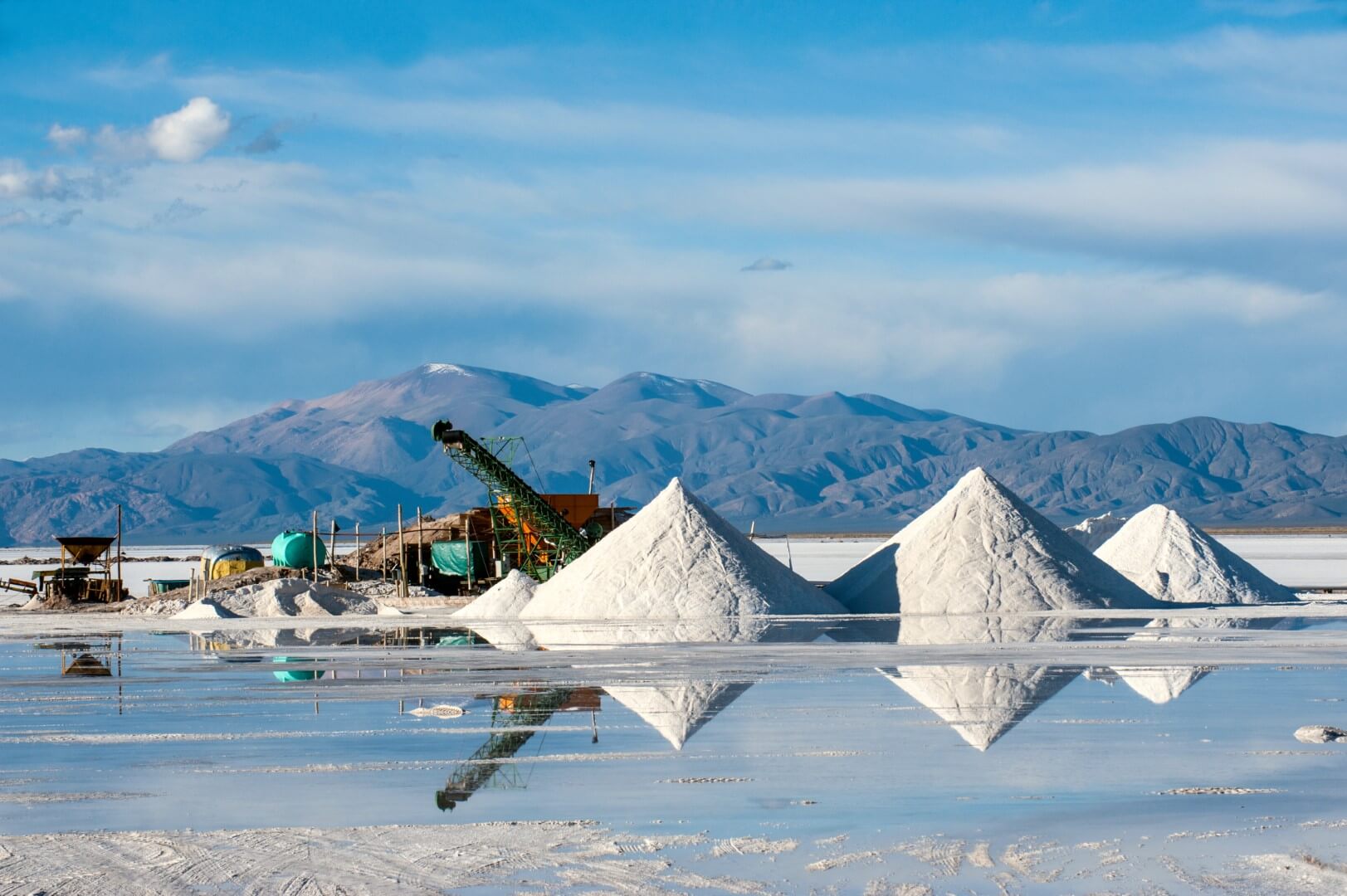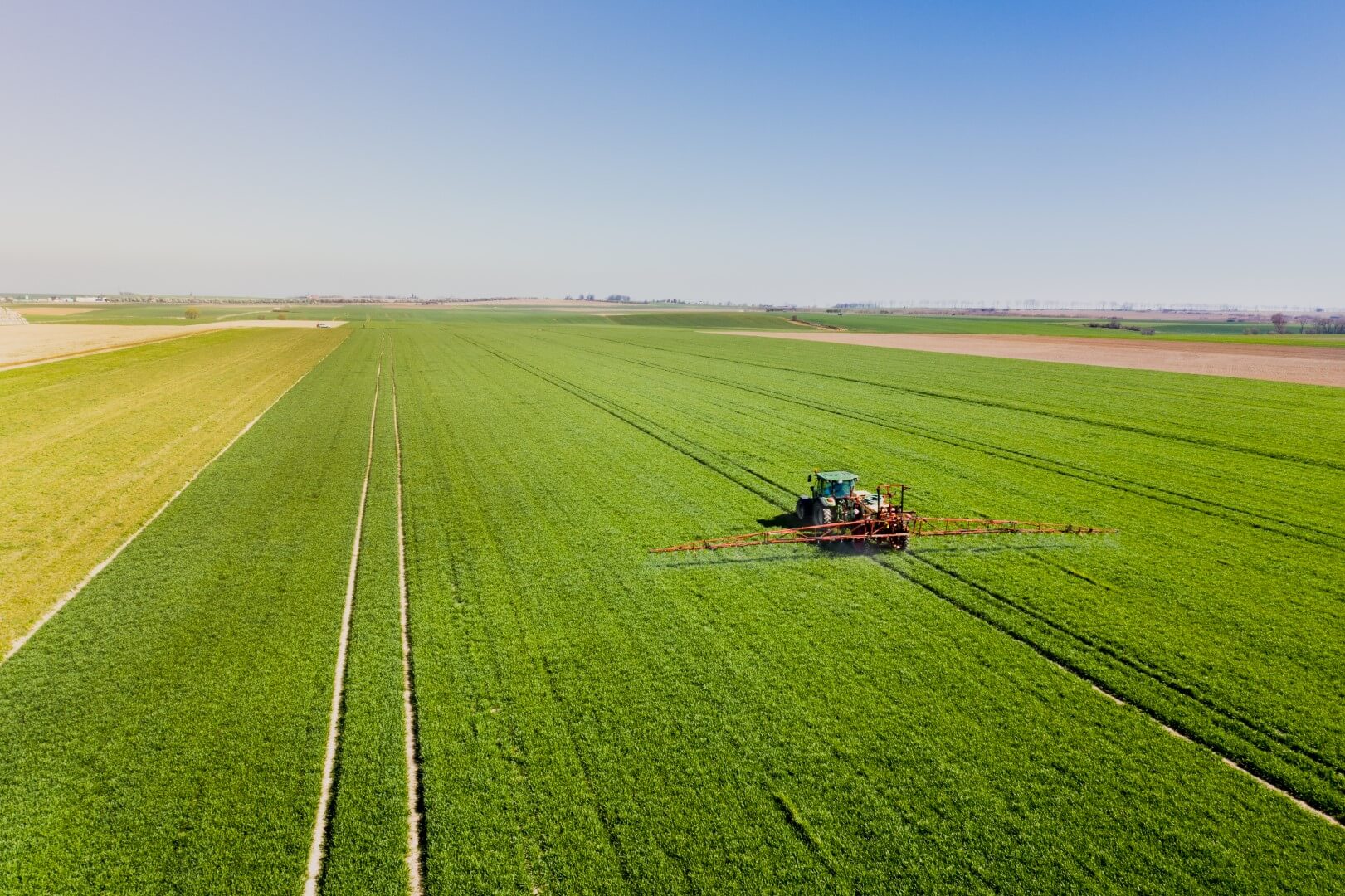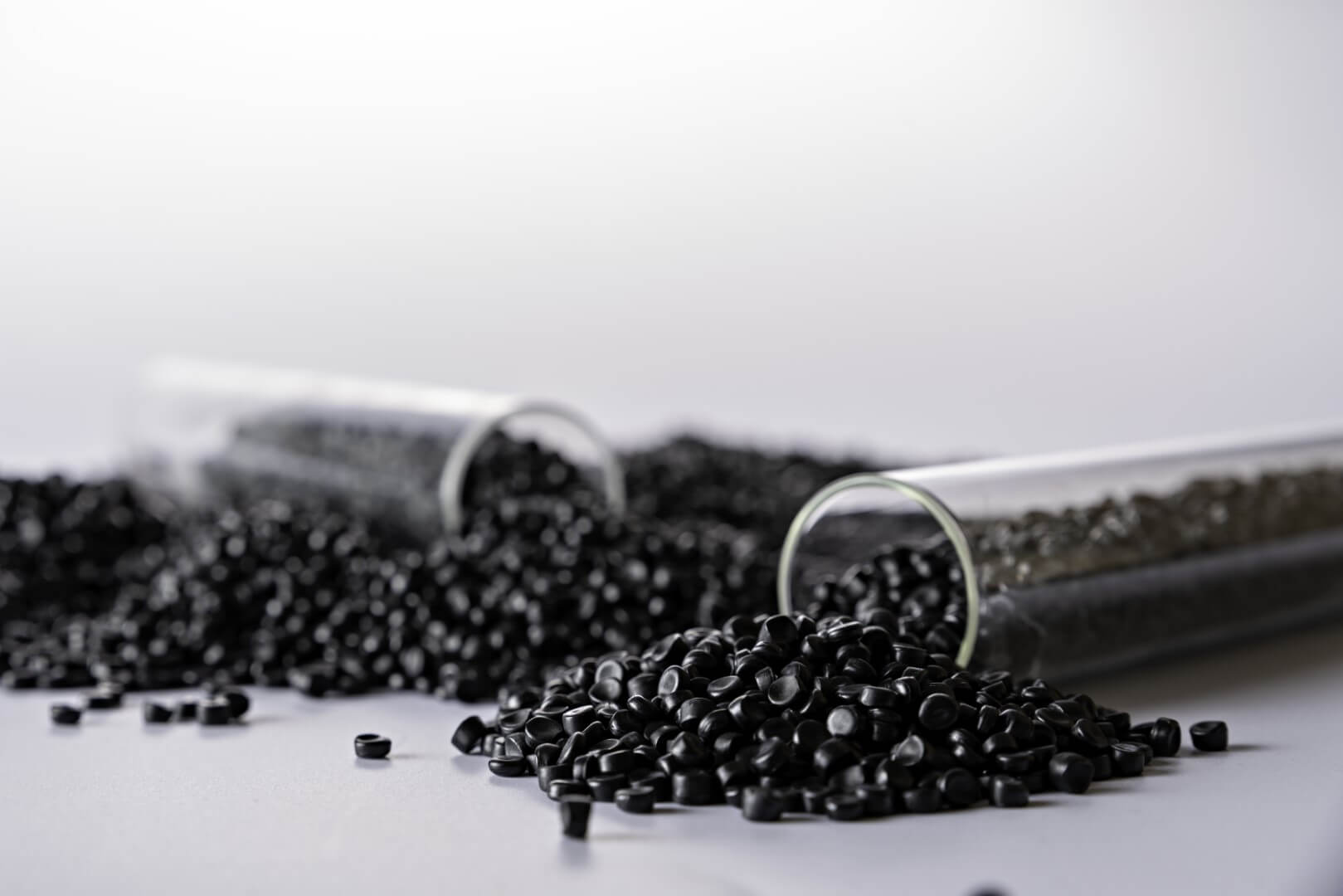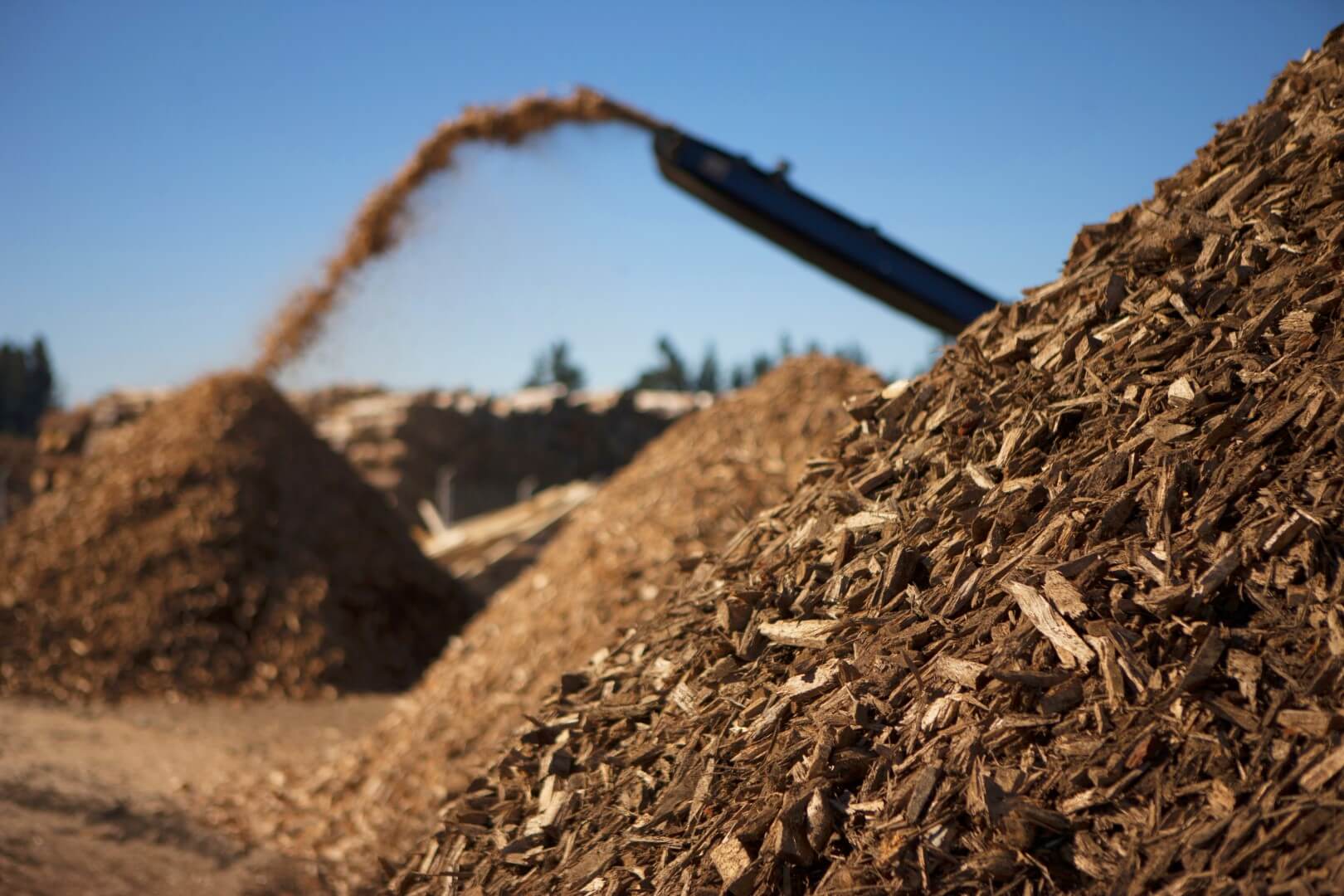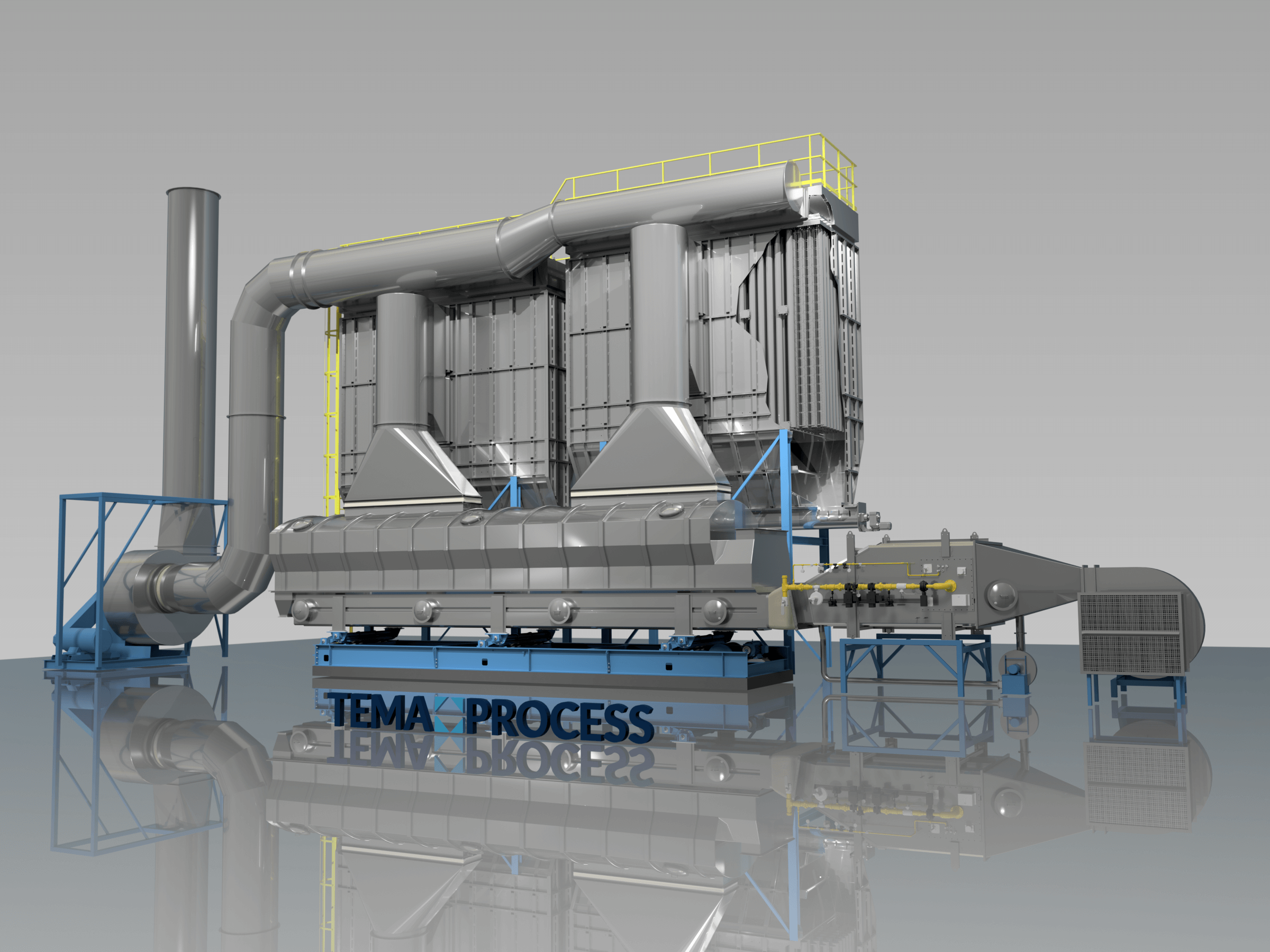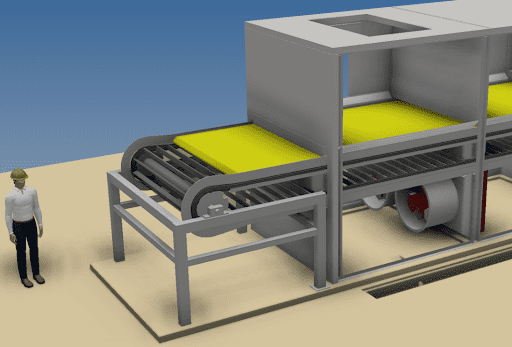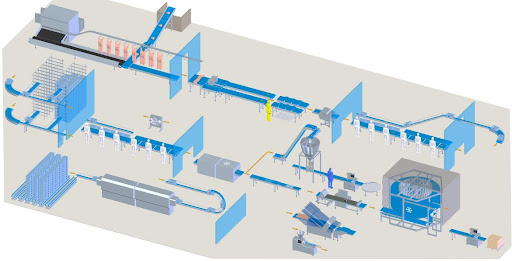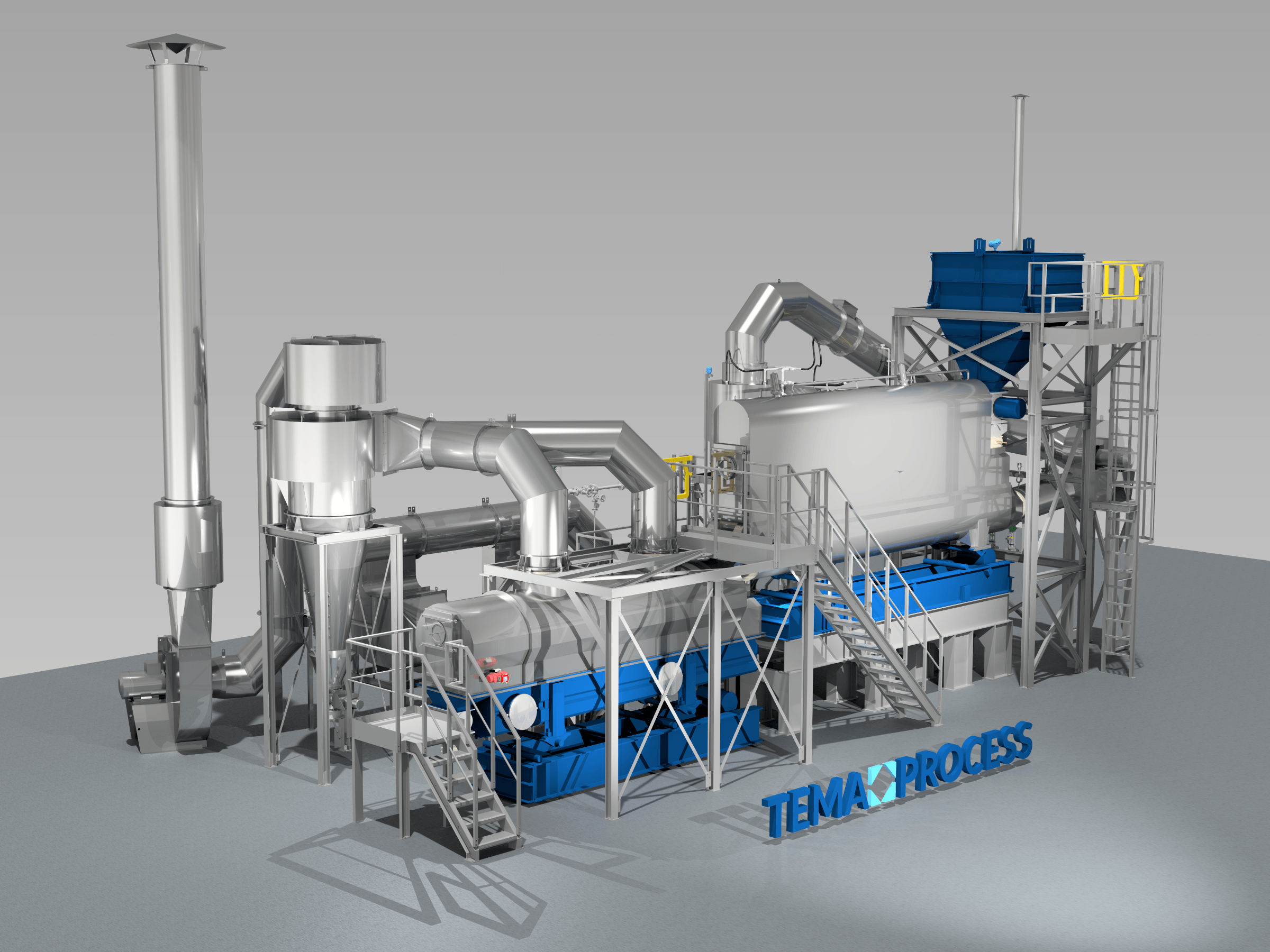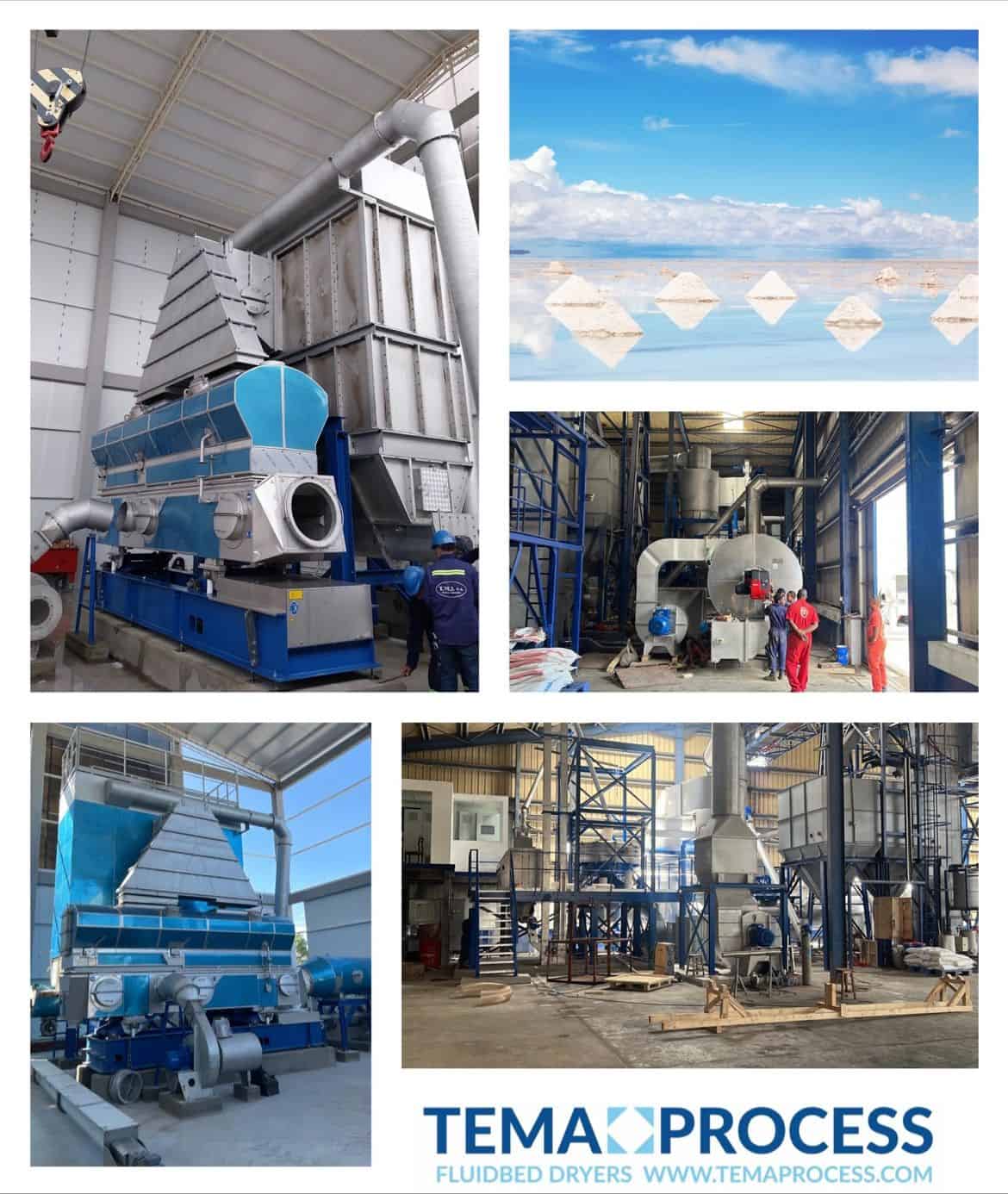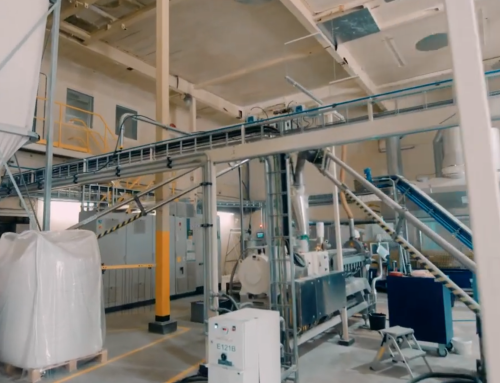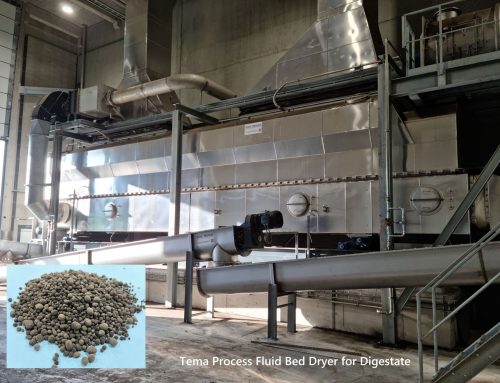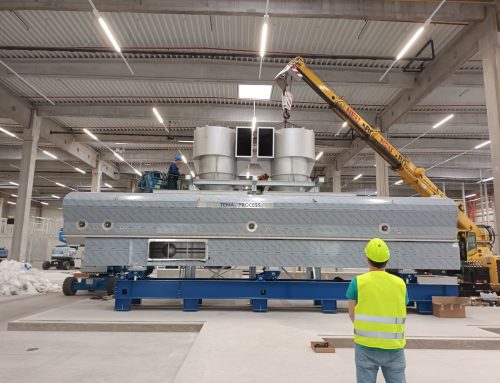Sea salt is produced by the evaporation of seawater. Sea salts tend to be coarser and grainier than traditional granulated table salt but both types of salt have the same basic nutritional value.
At the wash house, the salt is dropped into a saturated brine solution to wash off any impurities. Because saturated brine is already carrying as much salt as it can hold, very little salt dissolves in the wash.
The process for harvesting sea salt today is really the same process that has been used for centuries with some food safety enhancements. A series of interlocking shallow ponds utilize the sun and wind. As the water evaporates and the salt concentrates, the water is moved along the chain of ponds closer to the actual harvesting facility. The sea water starts off with a natural salinity of about 3% and ends up at about 25% salinity. At this point, the salt starts to crystallize and can be harvested. Salt washing line includes many operations to release impurities in the salt and purify salt that has these impurities. Depending on the moisture content and the size of grain, the sea salt can be classified into Wet Sea Salt and Dry Sea Salt. Wet Salts: Are all those Sea Salts that have not undergone an artificial drying process and some retain the natural moisture content up to a maximum of 4%. Dry Salts: Are all those Sea Salts which have undergone a process dewatering (centrifuge) , drying (fluid bed dryer) and sieving to select a specific granulometry. Their main characteristic is a maximum moisture content of 0.1%.

